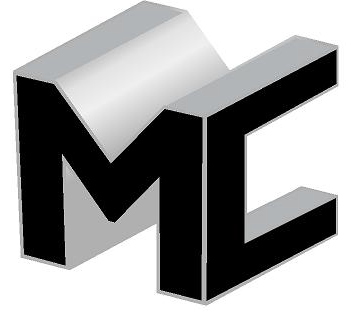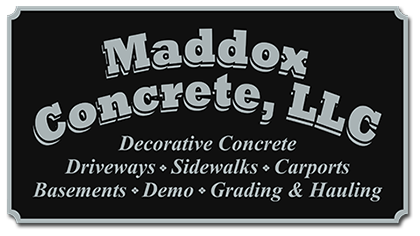Stamped concrete is a beautiful way to make otherwise ordinary concrete surfaces, like driveways, sidewalks, patios and pool decks, more visually interesting and appealing. Like regular concrete surfaces, stamped concrete elements get dirty and dingy from exposure to the elements. Luckily, cleaning stamped concrete isn’t a huge chore, and you don’t even need special tools or equipment to do it right.
Here’s a brief guide on how to clean stamped concrete.
The best method for cleaning stamped concrete
Cleaning stamped concrete is easy. Generally, periodic sweeping and a rinse with the hose can keep a concrete driveway, walkway or other surface in great aesthetic and functional condition. If your stamped concrete surfaces need a bit more elbow grease than a simple rinse to get clean, follow these simple steps:
- Rinse debris from the surface with a high-pressure garden hose.
- Scrub the surface with a mixture of water and liquid dish soap. Use a push broom to work the mixture into the grooves.
- Give the surface a final rinse to remove the soap and any excess debris along with it.
Use a pressure washer to remove stubborn stains or dirt that won’t budge, but be sure to keep the pressure low, so you don’t damage the texture of the concrete surface.
Why concrete sealing is important
During installation of any stamped concrete feature on your property, be sure to invest in a quality water-repellent sealer. Your installation technicians should apply multiple coats to keep dirt, oil, grease, chemicals and other staining agents from damaging the appearance and integrity of the concrete. A water-repellent sealer creates a hydrophobic barrier that allows water and other liquids to bead up, rather than penetrate the surface.
You should invest in new sealant every two to three years—or as often as your concrete maintenance professionals recommend it. In some cases, you can tell whether your concrete needs a fresh coat of sealant just from its appearance; you’ll notice the concrete will have lost its luster and sheen. By investing in quality sealant that’s applied by experts in the industry, you protect your investment in decorative stamped concrete for years to come.
Considerations for winter
Concrete can take a beating from the elements during the winter, even in fairly temperate environments. Protect your concrete from the worst of the winter weather by avoiding deicing salts, especially for newer concrete surfaces that have yet to experience a winter season. Deicing salts lead to sealant failures due to the freeze-thaw cycles they create—even from the minimal amounts that may run off parked vehicles. Take care to keep salt off the driveway, which should be no problem if you’ve invested in a water-repellent sealer.
Learning how to clean stamped concrete isn’t difficult, and (along with a quality sealant) it will protect stamped concrete surfaces on your property and ensure their longevity.
For more information on the care and maintenance of stamped concrete, contact Maddox Concrete, LLC today. We make sure you understand how to keep these features looking and functioning their best for years to come.

